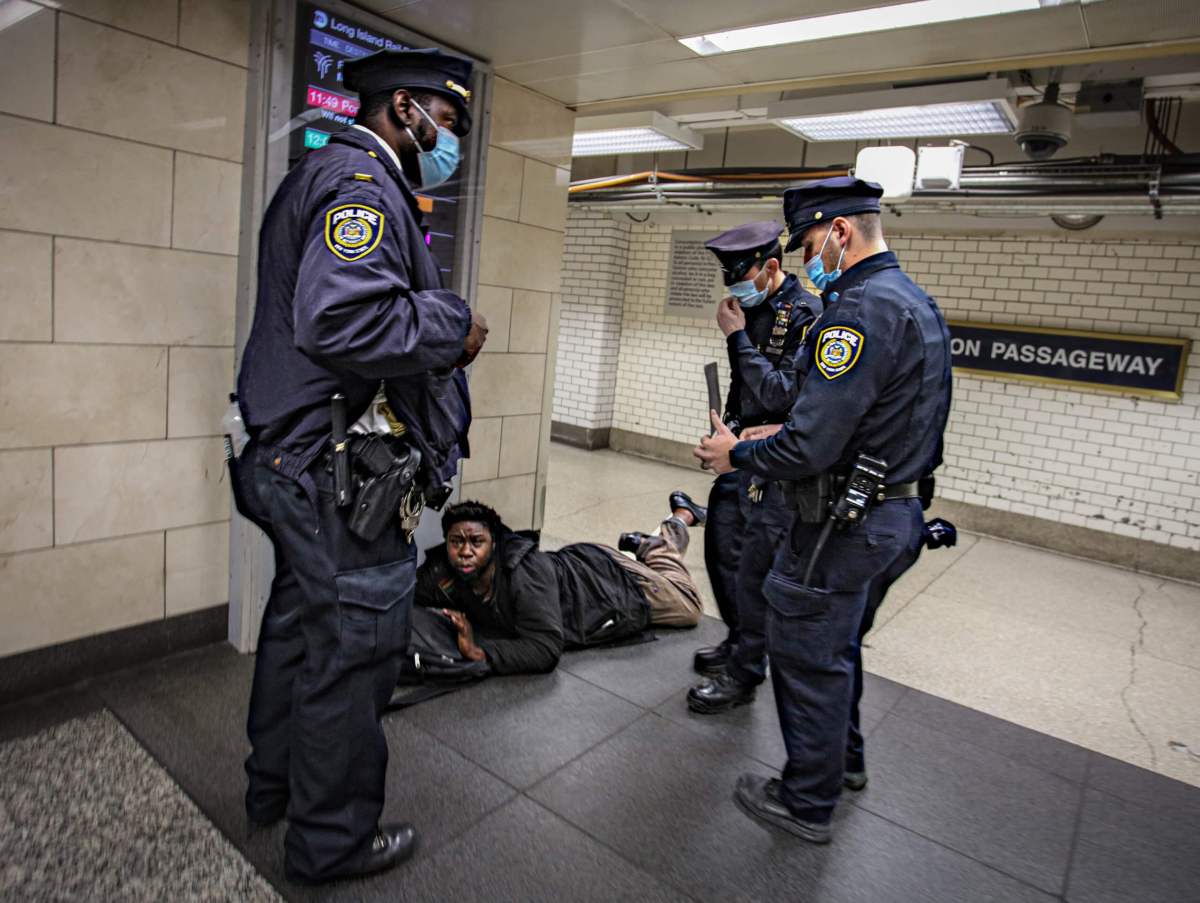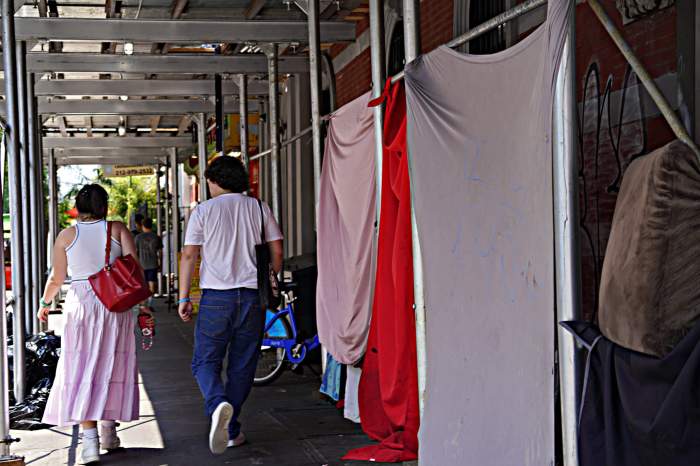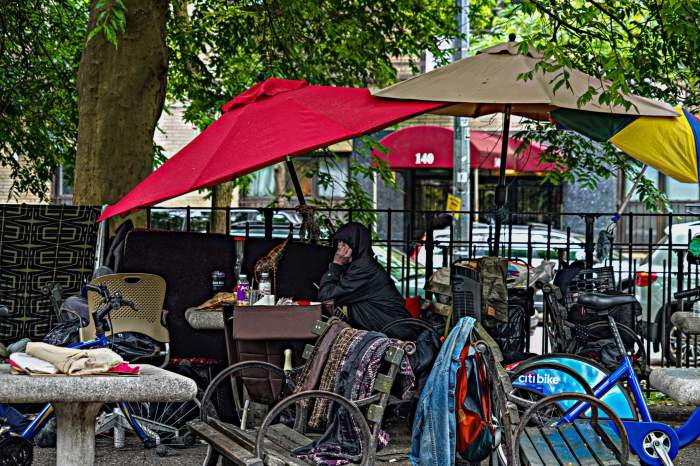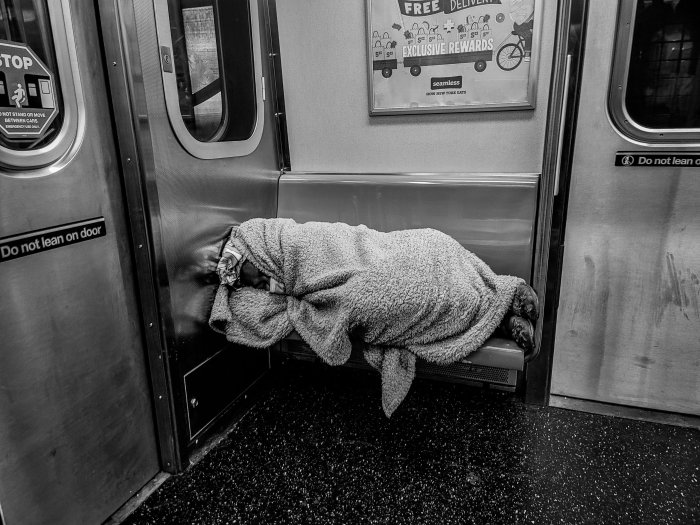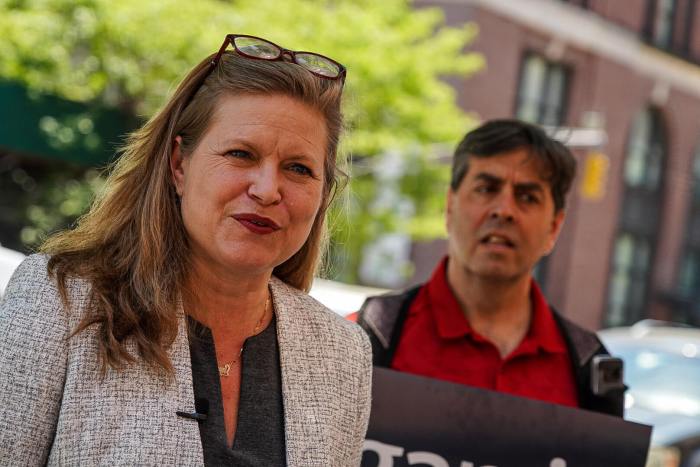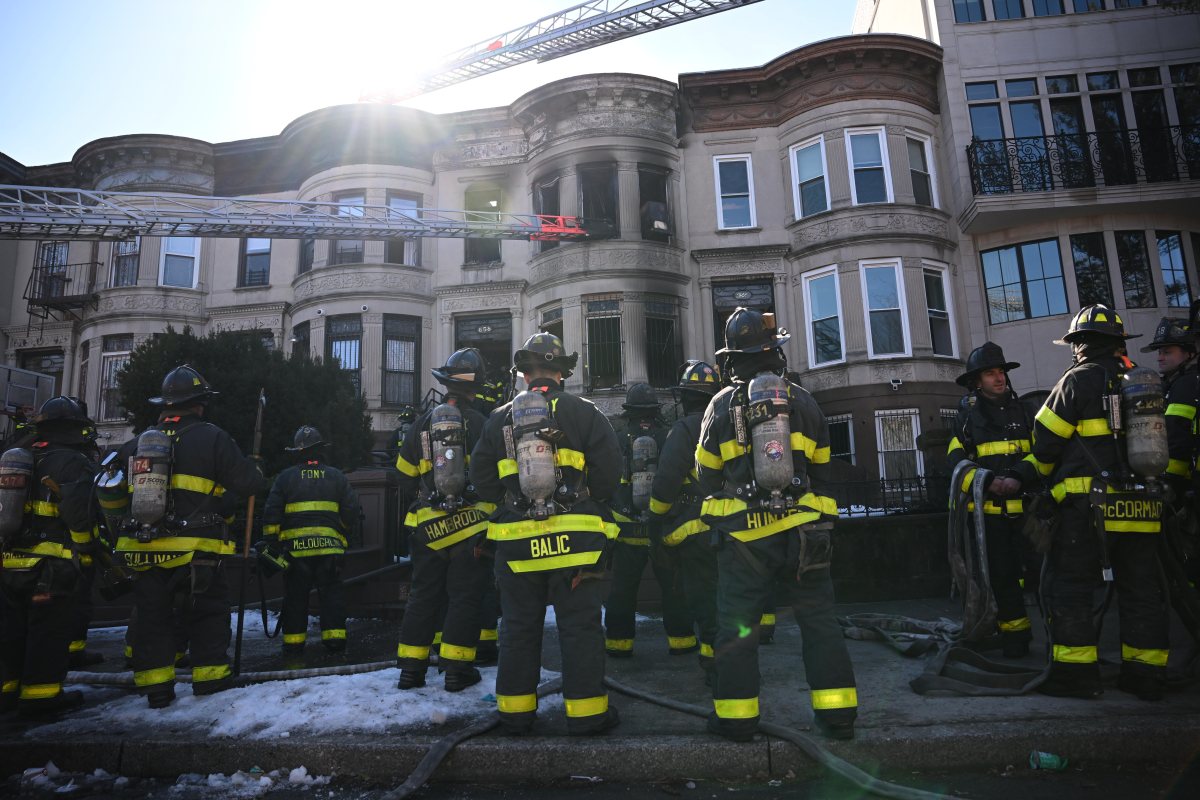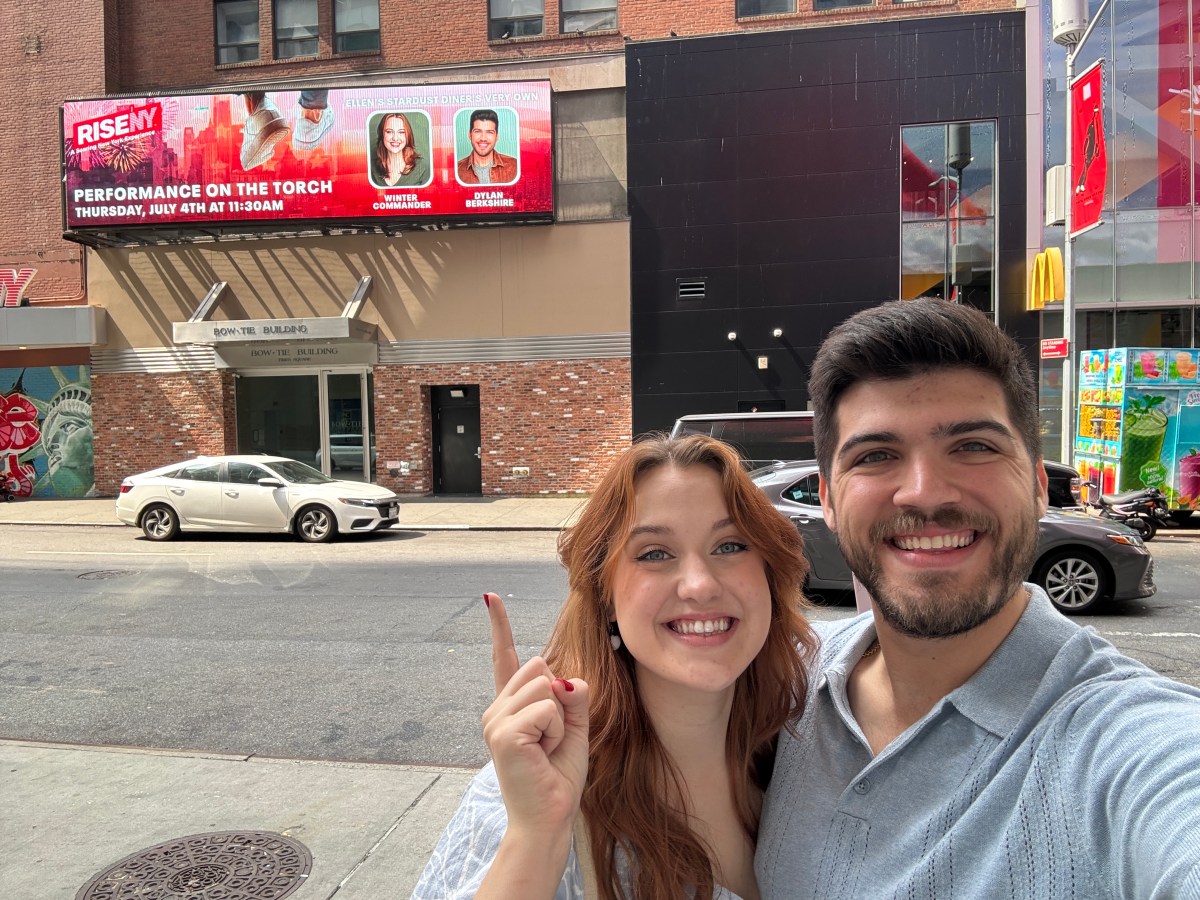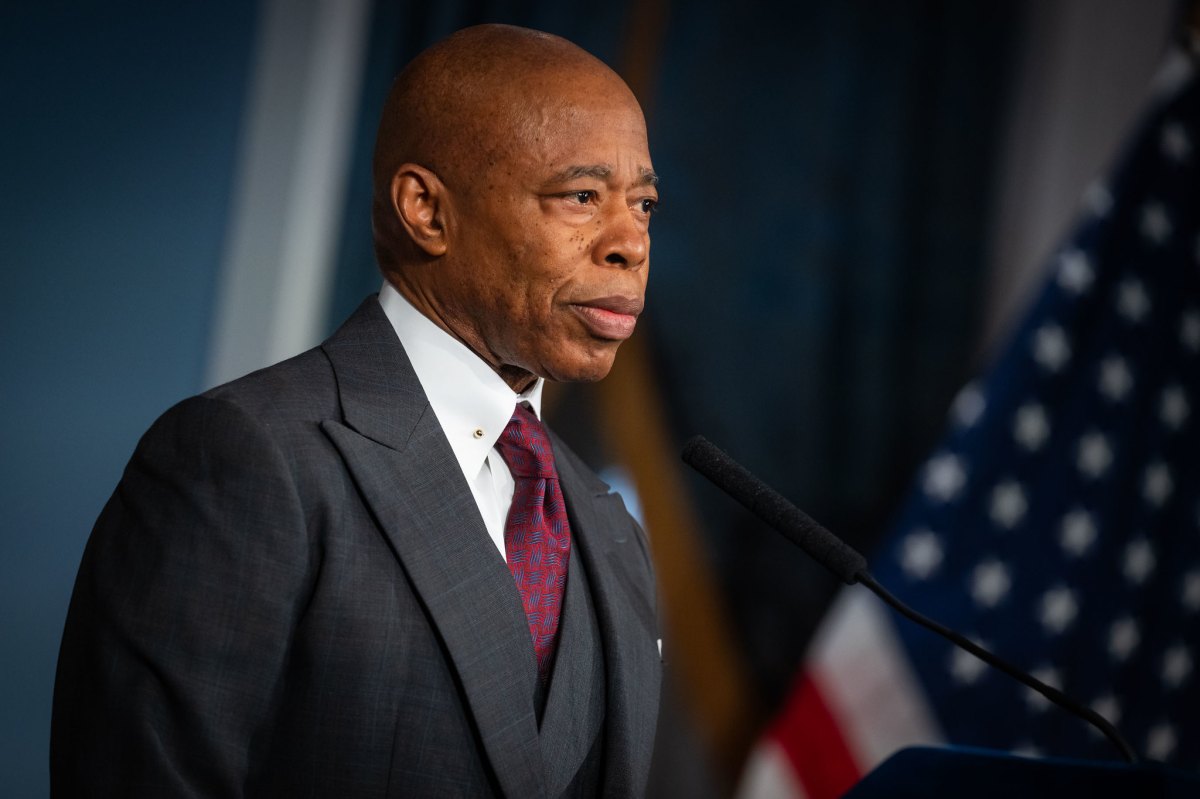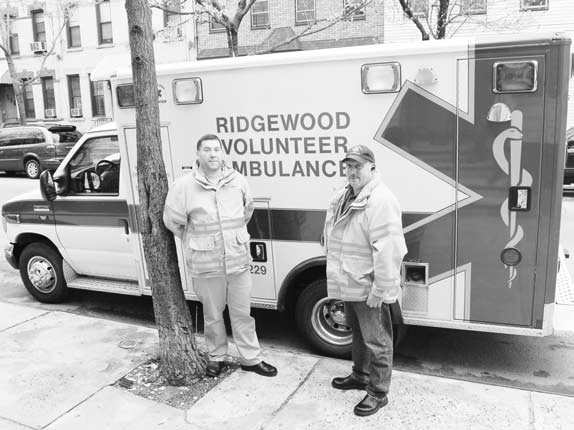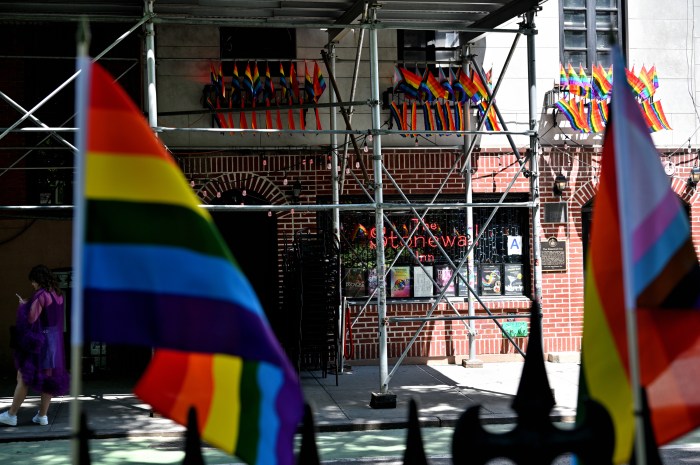What’s the one thing more challenging than running the sprawling New York City Transit system? Dealing with people experiencing homelessness and mental health issues within the subways, according an agency executive.
MTA Chief Customer Officer Sarah Meyer called on other parts of government to help the agency faced with large numbers of unhoused New Yorkers seeking refuge underground, who they say are scaring other riders from returning to the system.
“The amount of time and effort MTA staff puts into this issue far outweighs the efforts that they’re putting into transit at the moment, and that to me is a big red flag,” Meyer told reporters during a press conference Wednesday.
“We need more resources and more support from city and state partners to be able to focus on our core mission, which is to deliver safe, reliable, and clean transportation,” the transit official added.
Meyer, who is tasked with improving the rider experience on MTA’s public transit, said officials spend “an enormous amount” of effort collecting data from frontline transit workers and connecting the indigent to the city’s homeless outreach contractor the Bowery Residents’ Committee, the Department of Homeless Services, and the Police Department.
During Wednesday’s monthly MTA Board meeting, members of the transit panel lamented at length about people setting up camp in trains and stations, and they drew a connection to recent spikes in some crimes, as well as the shocking incident of a homeless man who shoved straphanger Michelle Alyssa Go to her death into an oncoming train at Times Square on Jan. 15.
‘They’re afraid, and sometimes I’m afraid’
Meyer gave a presentation entitled “Safety in the Subway,” which included pictures of people sleeping on trains, shopping trolleys filled with their possessions sitting on platforms, and syringes littering the trackbed.
“Our customers right now don’t feel safe on the subway,” Meyer said. “They’re afraid and sometimes I’m afraid, especially when I have my two young daughters with me.”
She cited a fall rider survey saying that crime and cleanliness were the top concerns for commuters who have hesitated to return to the subways and buses.
The transit leader urged the public to alert police or MTA staff if they see someone breaking the agency’s rules of conduct, which critics have said unfairly target homeless people.
“We’re asking, if you see someone breaking these rules of conduct, please help us by finding a police officer,” she said. “They’re here to help, they’re here to make you feel safe. Please don’t be shy about seeking their help.”
Can the cops help?
One homeless advocate criticized the MTA and the city’s heavy reliance on cops to confront homeless people, rather than focus on root causes like Gotham’s lack of affordable housing and mental healthcare.
“Too often there is a recognition that there are many people who are unsheltered in the transit system and then a knee-jerk reaction to utilize police as the primary response to the presence of unsheltered people,” said Jacquelyn Simone, policy director at Coalition for the Homeless.
Mayor Adams early this month announced police would be an “omnipresence” in the system, raising the deployment of Boys in Blue in transit to record numbers by adding an extra 1,000 cops from the city’s 77 precincts.
Governor Kathy Hochul also unveiled new state-funded outreach teams dubbed Safe Options Support (SOS) in addition to the city-contracted BRC.
Some 20 social workers will start entering the transit system this week and the state will roll out up to 200 by the end of the year, Hochul said in a Friday release.
‘What are we actually going to do?’
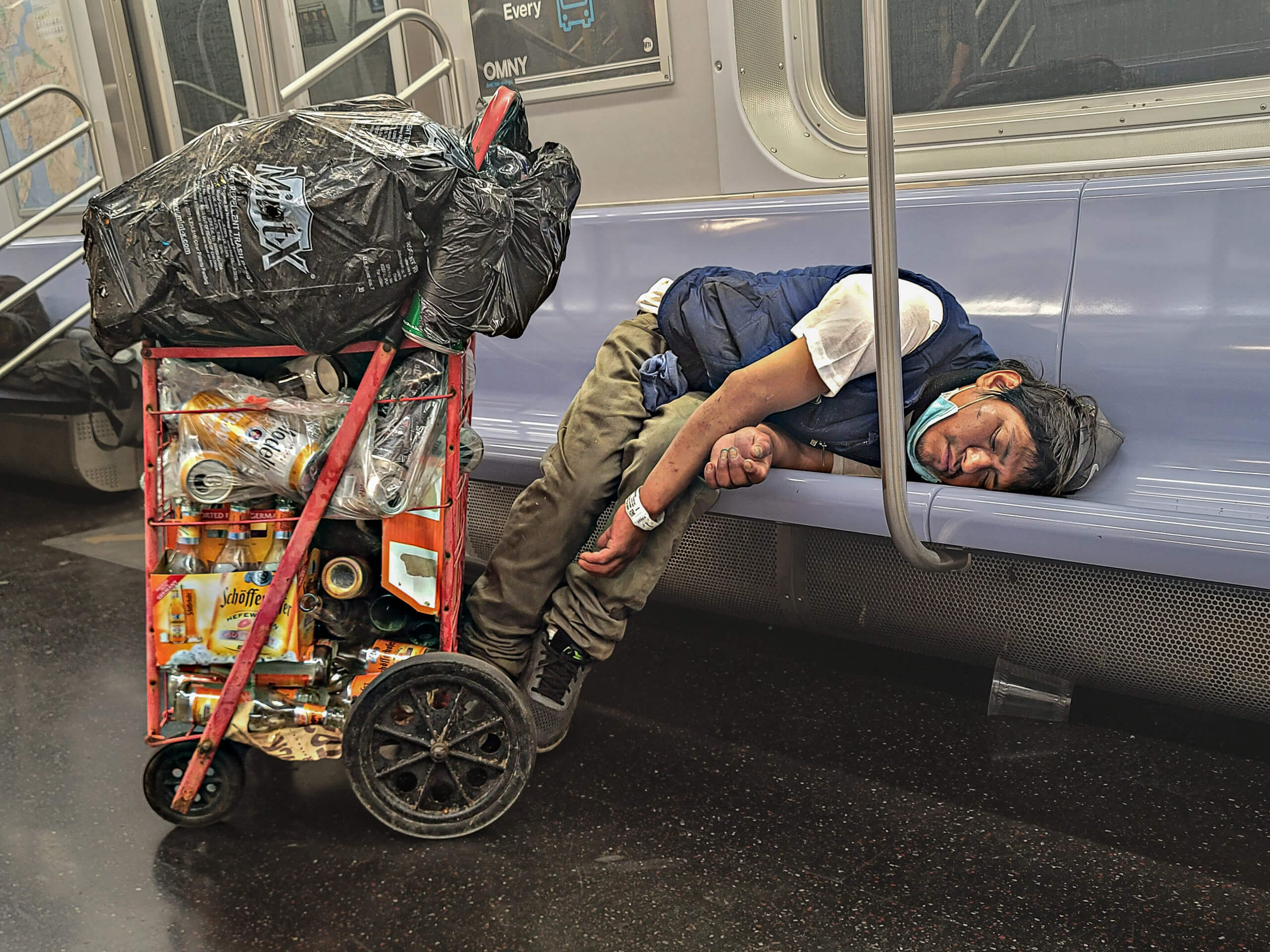
MTA’s newly-minted Chairperson and CEO Janno Lieber has praised the collaboration with NYPD’s new Transit Bureau chief Jason Wilcox and Hochul this week, but one board member said the massive transportation agency must take action too.
“What are we actually going to do more than talk, because right now it seems like a lot of talk,” said Frank Borelli, of suburban Rockland County. “I think over the next 30 days we really should have an action plan of, ‘these are the things we’re going to do and recommend and implement.’”
A recent report in The City showed how smaller transit systems in Philadelphia, San Francisco, and Los Angeles have taken a different tack to the Big Apple by offering on-site services to help homeless people, rather than focusing on booting them from the stations and trains.
In the City of Brotherly Love, local transport agency SEPTA opened a 11,000-square-foot space dubbed Hub of Hope inside a station with bathrooms, showers, and free laundry service in partnership with a nonprofit.
When asked by amNewYork Metro about any new proposals the MTA could share that don’t rely on law enforcement or state outreach workers, Lieber pointed to existing state drop-in centers near transit hubs like Penn Station and Grand Central, and highlighted MTA workers cleaning stations and trains.
“I don’t think that that’s entirely fair to say that the MTA — just because we’re a transportation agency that doesn’t operate a social service facility — is somehow not doing anything,” the transit big said. “What we’re trying to do is to cooperate with the professionals who are responsible for delivering social services and delivering law enforcement and to continue to protect our passengers and to deliver service for them.”
Simone countered the MTA had plenty of its own levers to pull without having to wait for larger schemes, such as reopening their dozens of subway station bathrooms shuttered during the pandemic, something Lieber has said is “not a priority.”
“For too long there’s been this misguided idea that making the train and the transit system as inhospitable as possible for people who are unsheltered will somehow cause people to go elsewhere, without recognizing that people often don’t have somewhere else to go,” she said.
“It’s about looking at this all with more of a harm reduction lens,” she added. “So how can we meet people where they’re at and treat them with respect, as opposed to viewing a human being as a problem that needs to be swept out of sight.”



